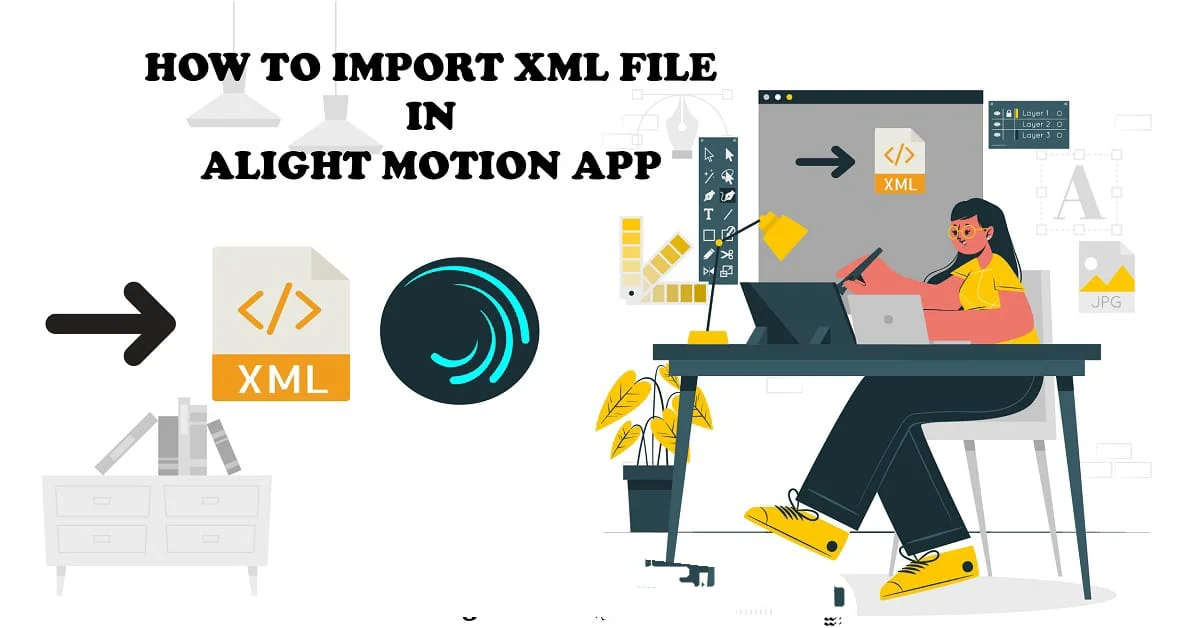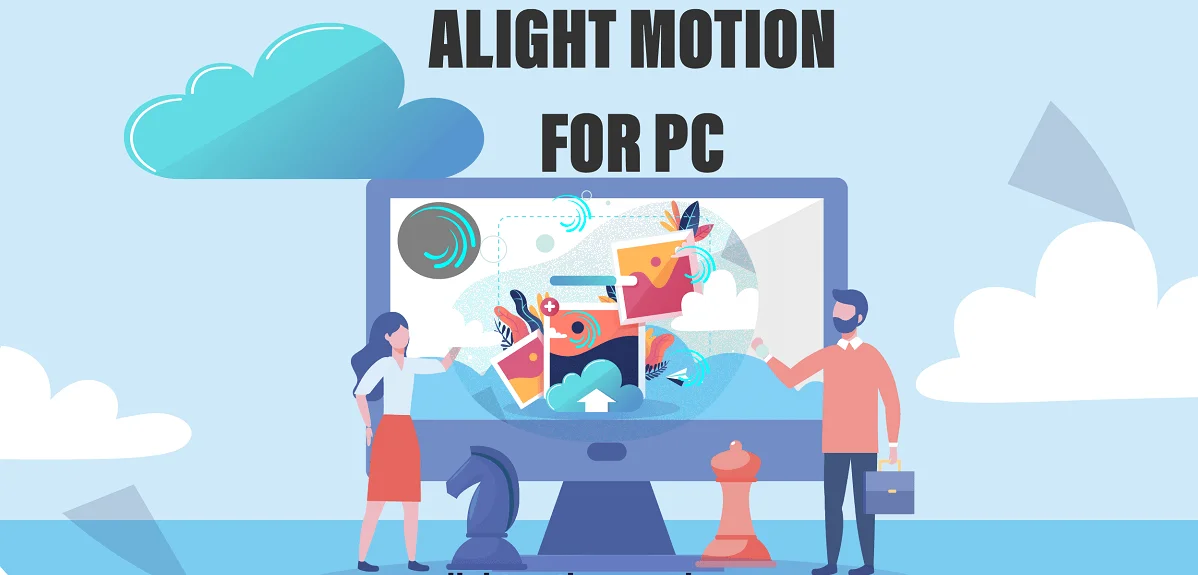Your cart is currently empty!

Regulatory Compliance in Cybersecurity: A Deep Dive into GDPR and CCPA for 2025
In today’s digital age, cybersecurity has become a cornerstone of business operations. With the increasing frequency and sophistication of cyberattacks, organizations must not only protect their systems and data but also comply with a growing body of regulatory requirements. Regulatory compliance in cybersecurity ensures that organizations adhere to laws and standards designed to protect sensitive…
In today’s digital age, cybersecurity has become a cornerstone of business operations. With the increasing frequency and sophistication of cyberattacks, organizations must not only protect their systems and data but also comply with a growing body of regulatory requirements. Regulatory compliance in cybersecurity ensures that organizations adhere to laws and standards designed to protect sensitive information, maintain privacy, and mitigate risks. Two of the most significant regulations in this domain are the General Data Protection Regulation (GDPR) and the California Consumer Privacy Act (CCPA). This article explores the importance of regulatory compliance in cybersecurity, delves into the specifics of GDPR and CCPA, and provides insights into how organizations can achieve and maintain compliance.
Table of Contents
The Importance of Regulatory Compliance in Cybersecurity
1. Protecting Sensitive Data
Regulatory compliance frameworks are designed to safeguard sensitive data, including personal information, financial records, and intellectual property. By adhering to these regulations, organizations can reduce the risk of data breaches and unauthorized access.
2. Building Trust
Compliance with cybersecurity regulations demonstrates an organization’s commitment to protecting customer data. This builds trust with customers, partners, and stakeholders, enhancing the organization’s reputation.
3. Avoiding Penalties
Non-compliance with regulations can result in hefty fines, legal action, and reputational damage. For example, GDPR violations can lead to fines of up to €20 million or 4% of global annual turnover, whichever is higher.
4. Improving Security Posture
Compliance frameworks often require organizations to implement robust security measures, such as encryption, access controls, and incident response plans. These measures not only ensure compliance but also improve the organization’s overall security posture.
5. Staying Competitive
In many industries, compliance with cybersecurity regulations is a prerequisite for doing business. Organizations that fail to comply may lose customers or be excluded from lucrative markets.
Key Cybersecurity Regulations
While there are numerous cybersecurity regulations worldwide, two of the most impactful are the General Data Protection Regulation (GDPR) and the California Consumer Privacy Act (CCPA). These regulations have set new standards for data protection and privacy, influencing global business practices.
General Data Protection Regulation (GDPR)
Overview
The General Data Protection Regulation (GDPR) is a comprehensive data protection law enacted by the European Union (EU) in 2018. It applies to all organizations that process the personal data of EU residents, regardless of where the organization is located. GDPR aims to give individuals greater control over their data and harmonize data protection laws across the EU.
Key Principles of GDPR
- Lawfulness, Fairness, and Transparency: Personal data must be processed lawfully, fairly, and transparently.
- Purpose Limitation: Data should be collected for specified, explicit, and legitimate purposes.
- Data Minimization: Only the minimum amount of data necessary for the intended purpose should be collected.
- Accuracy: Personal data must be accurate and kept up to date.
- Storage Limitation: Data should be retained only for as long as necessary.
- Integrity and Confidentiality: Data must be processed securely to protect against unauthorized access, loss, or damage.
- Accountability: Organizations must demonstrate compliance with GDPR principles.
Key Requirements of GDPR
- Consent: Organizations must obtain explicit consent from individuals before collecting or processing their data.
- Data Subject Rights: GDPR grants individuals several rights, including:
- The right to access their data.
- The right to rectify inaccurate data.
- The right to erasure (also known as the “right to be forgotten”).
- The right to restrict processing.
- The right to data portability.
- The right to object to processing.
- Data Protection Officer (DPO): Organizations must appoint a DPO if they engage in large-scale data processing.
- Data Breach Notification: Organizations must report data breaches to the relevant supervisory authority within 72 hours and notify affected individuals if the breach poses a high risk to their rights and freedoms.
- Privacy by Design and Default: Organizations must integrate data protection measures into their systems and processes from the outset.
Impact of GDPR
- Global Reach: GDPR applies to any organization that processes the data of EU residents, regardless of its location.
- Increased Accountability: Organizations must document their data processing activities and demonstrate compliance.
- Enhanced Consumer Rights: Individuals have greater control over their personal data.
- Strict Penalties: Non-compliance can result in fines of up to €20 million or 4% of global annual turnover.
California Consumer Privacy Act (CCPA)
Overview
The California Consumer Privacy Act (CCPA) is a state-level privacy law that came into effect in 2020. It grants California residents specific rights regarding their personal information and imposes obligations on businesses that collect, process, or sell this information. CCPA is often compared to GDPR but has some distinct differences.
Key Provisions of CCPA
- Consumer Rights: CCPA grants California residents the following rights:
- The right to know what personal information is being collected and how it is used.
- The right to access their personal information.
- The right to request deletion of their personal information.
- The right to opt out of the sale of their personal information.
- The right to non-discrimination for exercising their CCPA rights.
- Scope: CCPA applies to businesses that:
- Have annual gross revenues exceeding $25 million.
- Buy, receive, or sell the personal information of 50,000 or more consumers, households, or devices.
- Derive 50% or more of their annual revenue from selling consumers’ personal information.
- Data Transparency: Businesses must provide clear and conspicuous notices about their data collection practices, including the categories of data collected and the purposes for which it is used.
- Opt-Out Mechanism: Businesses must provide a “Do Not Sell My Personal Information” link on their website to allow consumers to opt out of the sale of their data.
- Data Security: Businesses must implement reasonable security measures to protect personal information from unauthorized access, disclosure, or misuse.
Impact of CCPA
- Consumer Empowerment: CCPA gives California residents greater control over their personal information.
- Business Accountability: Businesses must be transparent about their data practices and respond to consumer requests.
- Influence on Other States: CCPA has inspired similar privacy laws in other U.S. states, such as the Virginia Consumer Data Protection Act (VCDPA) and the Colorado Privacy Act (CPA).
Comparing GDPR and CCPA
While GDPR and CCPA share some similarities, they differ in scope, requirements, and enforcement. Below is a comparison of the two regulations:
| Aspect | GDPR | CCPA |
|---|---|---|
| Scope | Applies to all organizations processing EU residents’ data globally. | Applies to businesses meeting specific criteria in California. |
| Consumer Rights | Includes rights to access, rectification, erasure, and data portability. | Includes rights to know, access, delete, and opt-out of data sales. |
| Consent | Requires explicit consent for data processing. | Does not require explicit consent but mandates an opt-out mechanism. |
| Penalties | Fines of up to €20 million or 4% of global annual turnover. | Fines of up to $7,500 per intentional violation. |
| Data Protection Officer | Mandatory for certain organizations. | Not required. |
| Breach Notification | Mandatory within 72 hours. | No specific timeframe, but businesses must notify affected consumers. |
Achieving Compliance with GDPR and CCPA
1. Conduct a Data Inventory
- Identify all personal data collected, processed, and stored by the organization.
- Map data flows to understand how data moves through the organization.
2. Implement Data Protection Measures
- Encrypt sensitive data to protect it from unauthorized access.
- Implement access controls to ensure only authorized personnel can access data.
- Regularly update software and systems to address vulnerabilities.
3. Develop Privacy Policies
- Create clear and transparent privacy policies that explain data collection, processing, and sharing practices.
- Ensure policies are easily accessible to consumers.
4. Establish Consumer Rights Processes
- Set up mechanisms for consumers to exercise their rights (e.g., access, deletion, opt-out).
- Train staff to handle consumer requests promptly and effectively.
5. Conduct Regular Audits
- Perform regular cybersecurity audits to identify and address compliance gaps.
- Use audit findings to improve data protection practices.
6. Train Employees
- Educate employees about GDPR, CCPA, and other relevant regulations.
- Provide training on data protection best practices and incident response.
7. Monitor and Update Compliance Programs
- Stay informed about changes to regulations and update compliance programs accordingly.
- Continuously monitor data processing activities to ensure ongoing compliance.
Challenges in Regulatory Compliance
1. Complexity of Regulations
- GDPR and CCPA are complex and require significant effort to interpret and implement.
- Organizations must navigate overlapping requirements if they operate in multiple jurisdictions.
2. Resource Constraints
- Achieving compliance can be resource-intensive, particularly for small and medium-sized enterprises (SMEs).
3. Evolving Threat Landscape
- Cyber threats are constantly evolving, requiring organizations to adapt their security measures continuously.
4. Balancing Compliance and Innovation
- Organizations must strike a balance between complying with regulations and fostering innovation.
Conclusion
Regulatory compliance in cybersecurity is no longer optional—it is a necessity for organizations that want to protect sensitive data, build trust, and avoid penalties. The General Data Protection Regulation (GDPR) and the California Consumer Privacy Act (CCPA) are two of the most significant regulations shaping the global cybersecurity landscape. While they share common goals of protecting personal data and enhancing privacy, they differ in scope, requirements, and enforcement.
Organizations must take a proactive approach to compliance by conducting data inventories, implementing robust security measures, developing transparent privacy policies, and establishing processes for handling consumer rights. Regular audits, employee training, and continuous monitoring are essential for maintaining compliance in an ever-changing regulatory environment.
By prioritizing regulatory compliance, organizations can not only avoid costly penalties but also enhance their security posture, build customer trust, and gain a competitive edge in the digital economy. As cybersecurity regulations continue to evolve, staying informed and adaptable will be key to long-term success.
FAQs
What is regulatory compliance in cybersecurity?
Regulatory compliance in cybersecurity refers to the process of adhering to laws, regulations, and standards designed to protect sensitive information, ensure data privacy, and mitigate cyber risks. It involves implementing policies, procedures, and technologies to meet legal and industry requirements.
Why is regulatory compliance important in cybersecurity?
Regulatory compliance is important because it:
Protects sensitive data from breaches and unauthorized access.
Ensures adherence to legal and industry standards.
Builds trust with customers, partners, and stakeholders.
Reduces the risk of fines, legal action, and reputational damage.
Improves the organization’s overall security posture.
What are some common cybersecurity regulations?
Common cybersecurity regulations include:
General Data Protection Regulation (GDPR): Protects the personal data of EU residents.
California Consumer Privacy Act (CCPA): Grants privacy rights to California residents.
Health Insurance Portability and Accountability Act (HIPAA): Protects health information in the U.S.
Payment Card Industry Data Security Standard (PCI DSS): Secures cardholder data.
Sarbanes-Oxley Act (SOX): Ensures financial data integrity for publicly traded companies.
What is a Data Protection Officer (DPO), and when is one required?
A Data Protection Officer (DPO) is a role mandated by GDPR for organizations that engage in large-scale data processing. The DPO is responsible for overseeing data protection strategies and ensuring compliance with GDPR.
What is the role of encryption in regulatory compliance?
Encryption protects sensitive data by converting it into an unreadable format. It is a key requirement in many regulations (e.g., GDPR, HIPAA, PCI DSS) to ensure data confidentiality and integrity.
What are the consequences of non-compliance?
Consequences of non-compliance include:
Fines and penalties (e.g., GDPR fines up to €20 million).
Legal action and lawsuits.
Reputational damage and loss of customer trust.
Increased risk of data breaches and cyberattacks.
What is the future of regulatory compliance in cybersecurity?
The future of regulatory compliance will likely involve:
Stricter regulations and higher penalties.
Greater emphasis on data privacy and consumer rights.
Increased adoption of automation and AI for compliance management.
Harmonization of global data protection laws.


